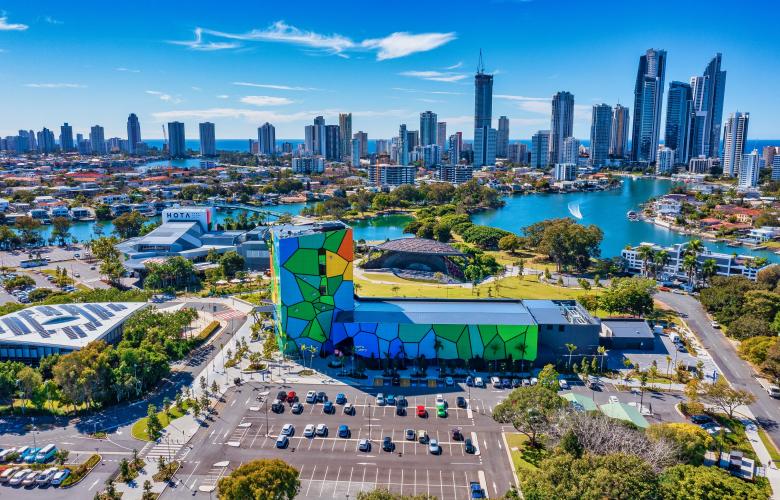The Gold Coast supply dilemma - CBRE
Contact
The Gold Coast supply dilemma - CBRE
Planned new supply will not meet future demand for residential, office, industrial and retail property on the Gold Coast according to new CBRE forecasts.
Planned new supply will not meet future demand for residential, office, industrial and retail property on the Gold Coast according to new CBRE forecasts.
Despite a slowing economy across the nation, the Gold Coast is positioned well to fare the economic cycle, but has a critical supply issue when it comes to new property development.
That’s one of the key messages in CBRE’s The Gold Coast Supply Dilemma report, which points to active infrastructure investment over the next few years, ongoing population growth, gross product growth outpacing the Queensland average, but a chronic undersupply of new property stock.
CBRE Gold Coast’s Managing Director Mark Witheriff noted, “The pandemic created the perfect storm for tight supply conditions across the board, with strong economic conditions but shortages of both labour and materials. Increased demand pressure is driving rents and benefitting investors in the medium term, however it’s evident that the supply of residential, office, industrial and retail property will fail to meet future requirements until there is more capacity in the construction sector and the interest rate environment has stabilised.”
The high cost of new construction has been one of the key issues. Across the board, the cost of construction has increased by 44% since March 2020.
Set against this, the Gold Coast has been one of the beneficiaries of the post-COVID economy, with the region experiencing the second largest 2022 population growth among major Australian cities at 2.2%, driving economic activity.
CBRE Research Analyst Sophie Plumridge said this combined with strong tourism growth is supporting a growing labour force and economy.
“Population growth is largely being led by “metro-movers” from Sydney and Melbourne seeking a change in lifestyle. This has supported the confidence in the labour market, with employment growing by almost 8.3% since March 2020,” Ms Plumridge said.
From 2021 to 2026, the population in the Gold Coast LGA is set to grow an average of 2.3% per annum and the region's Gross Product is projected to outpace the state, growing 3.5% in 2023 and 2024.
“The Gold Coast has also seen a bounce back in international students with over 4,500 students commencing on the Gold Coast in early 2023,” Ms Plumridge noted.
However, there is a clear lack of housing to meet this increased demand, which has led to exponential rentals growth, with two-bedroom unit rents having soared by 40% since March 2020.
Office and industrial rents have also surged, by 8.1% and 2.2% respectively over the same period.
“While apartment supply may pick up slightly in 2024, there is a major question mark on projects that are yet to start construction,” Mr Witheriff said.
“Issues with labour, the prioritisation of public sector projects by construction companies and banking funding difficulties are likely to result in some supply being delayed.”
Very little new office supply has been forecast over the next few years, despite a significant reduction in the Gold Coast vacancy rate – from 17% prior to the pandemic to sub 6.0% this year.
CBRE’s report forecasts that the vacancy rate will fall even further – to 2.3% by the end of 2025 – with almost all the new supply coming online this year being pre-committed.
In the industrial sector, a large supply pipeline has been forecast but 70% of the supply coming online this year has already been taken up.







